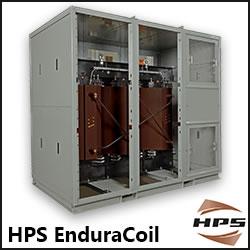New in Cold Nuclear Fusion
New in Cold Nuclear Fusion
Five Myths About Solar Power - And The Real Facts
Five Myths About Solar Power - And The Real Facts
Five Myths About Solar Power - And The Real Facts
Solar windows can power buildings
Solar windows can power buildings
Solar windows can power buildings
How floating turbines could harness the awesome power of the tides
Key Challenges Google's Project Sunroof May Face
Concentrator Photovoltaics: The Next Step Towards Better Solar Power
New local energy partnership brings innovative solar tracker to Washington State
Float Zone Silicon Solar Panels - 60% less expensive and 25% more efficient
Lead Battery Recycling
Detroit PlugVolt Battery Seminar to Foster Joint Development Efforts to Advance Energy Storage Solutions
Records 4696 to 4710 of 40047
First | Previous | Next | Last
Featured Product

